Early Signs of a Miscarriage: What Every Pregnant Woman Should Know
Most miscarriages occur in the first trimester, with over 80% happening before week 14. For women in Los Angeles and beyond, recognizing the early signs of miscarriage, such as light spotting or cramping around 6 weeks, can help determine when to seek medical care. While these symptoms don’t always mean pregnancy loss, understanding them allows women to respond promptly and confidently.
Follow Us!
This guide examines the common indicators, causes, and appropriate responses when facing potential pregnancy loss. By understanding what are signs of a miscarriage, women can approach this sensitive situation with knowledge rather than fear.
What is a miscarriage and how common is it?
Miscarriage represents one of the most challenging experiences many pregnant women face. Understanding its definition, frequency, and warning signs provides crucial knowledge for anyone navigating pregnancy.
Definition of miscarriage
A miscarriage refers to the unexpected loss of a pregnancy before the fetus reaches viability. Most medical sources define it as pregnancy loss before 20 weeks of gestation, though some definitions extend this timeframe to 23 or 24 weeks. In medical literature, the terms “spontaneous abortion,” “early pregnancy loss,” and “miscarriage” are often used interchangeably, with recent terminology shifting toward “miscarriage” as the preferred term due to its less stigmatizing nature.
Miscarriage rates by trimester
The frequency of miscarriage is higher than many realize. Between 10% and 20% of clinically recognized pregnancies end in miscarriage, but the actual number is likely considerably higher since many occur before women know they’re pregnant. Some studies using sensitive pregnancy tests estimate the true rate could be as high as 30-50% of all fertilized eggs.
The risk of pregnancy loss decreases significantly as pregnancy progresses:
- First trimester (weeks 0-13): Approximately 80% of all miscarriages happen during this period. The risk is highest in the earliest weeks, with a miscarriage rate of 9.4% at 6 weeks, decreasing to 4.2% at 7 weeks and 1.5% at 8 weeks.
- Second trimester (weeks 14-20): The risk drops dramatically to approximately 1-5%.
Age also plays a significant role in miscarriage risk. For women under 30, about 9-10% of pregnancies end in miscarriage. This risk increases to around 20% at age 35, 40% at age 40, and exceeds 50% by age 45.
Signs of a miscarriage at 6 weeks pregnant
Because 6 weeks is still very early, many women may not even realize they’re pregnant. Still, common early signs of miscarriage at 6 weeks can include:
- Vaginal bleeding or spotting (ranging from light to heavy)
- Cramping or pain in the lower abdomen that may be stronger than menstrual cramps
- Sudden decrease in pregnancy symptoms such as morning sickness or breast tenderness[72]
- Passing fluid or tissue from the vagina
Most early miscarriages occur before 10 weeks, making awareness of these signs especially important. However, it’s worth noting that some symptoms, like light spotting, can be normal in early pregnancy.
Recognizing the early signs of a miscarriage
Detecting the warning signs of pregnancy loss early enables women to seek timely medical attention. While certain symptoms might appear alarming, understanding what they mean helps pregnant women respond appropriately.
Vaginal bleeding or spotting
Vaginal bleeding remains the most common indicator of a potential miscarriage. This can range from light spotting to heavy bleeding with clots up to the size of a lemon. The blood may appear pink, red, or brown (resembling coffee grounds). Bleeding typically increases in intensity as the miscarriage progresses and might continue intermittently over several days. Yet, light bleeding in early pregnancy doesn’t automatically signal miscarriage.
Cramping or abdominal pain
Most women experiencing miscarriage report cramping. These cramps result from uterine contractions as it works to expel its contents. Pain intensity varies significantly – some women feel severe cramping while others experience mild discomfort. The pain typically affects both sides of the lower abdomen or pelvic region and may radiate to the lower back. For many, these cramps feel noticeably stronger than regular menstrual pain.
Loss of pregnancy symptoms
A sudden decrease in pregnancy symptoms like morning sickness or breast tenderness might indicate pregnancy loss. This symptom becomes more concerning when accompanied by vaginal bleeding or cramping. Many women report feeling “less pregnant” before other miscarriage signs appear.
Unusual discharge or tissue
As miscarriage progresses, women may pass tissue through the vagina. This could include blood clots ranging from dime-sized to lemon-sized, grayish tissue, or a clear/pink fluid. After 8 weeks, women might pass recognizable embryonic tissue, which appears white or tan.
How to know if you’re having a miscarriage
The definitive way to confirm a miscarriage is through medical evaluation. Contact your healthcare provider immediately if you experience bleeding with cramping. Seek emergency care if bleeding soaks more than two pads hourly for consecutive hours or if you experience severe, one-sided pain, dizziness, fever, or shoulder pain.
Understanding the causes and risk factors
Understanding what causes pregnancy loss can provide answers for many women experiencing miscarriage. Though painful, knowing these factors helps prepare for future pregnancies.
Chromosomal abnormalities
Genetic issues account for approximately 50% of first trimester miscarriages. These occur randomly as the embryo develops, with numerical abnormalities making up 90.4% of cases. Most commonly, embryos have an extra chromosome (trisomy), which happens in 54.2% of chromosomally abnormal miscarriages. Additionally, about 14.5% show triploidy – having a complete extra set of chromosomes.
Maternal health conditions
Certain medical conditions increase miscarriage risk, including uncontrolled diabetes, thyroid disorders, and uterine abnormalities. Thrombophilia, a blood clotting disorder, can restrict blood flow to the placenta. Furthermore, uterine abnormalities cause 10-15% of recurrent losses.
Lifestyle and environmental factors
Certain lifestyle and environmental factors may raise miscarriage risk. These include smoking, heavy alcohol use, obesity, or exposure to toxins like lead and mercury. However, most miscarriages happen due to chromosomal abnormalities beyond anyone’s control, so women should never blame themselves.
Advanced maternal age
Age represents the strongest known risk factor. The risk steadily increases beyond age 30. Women under 35 face about a 10% chance, whereas those aged 45+ experience up to 80% risk.
Medications and infections
Certain medications including benzodiazepines increase miscarriage risk by 69%. Meanwhile, infections account for approximately 15% of early miscarriages and up to 66% of late losses.
What to do if you suspect a miscarriage
Taking prompt action when suspecting pregnancy loss can be crucial for both physical and emotional wellbeing.
When to call your doctor
Contact your healthcare provider immediately if you notice vaginal bleeding or cramping. Even light spotting warrants a call, as it might signal a potential issue. Most healthcare providers prefer to evaluate early pregnancy bleeding promptly rather than wait. If you’ve experienced three or more consecutive miscarriages, you may be directed straight to an early pregnancy unit for assessment.
Tests and diagnosis
Diagnosis typically involves an ultrasound examination to check if the pregnancy is developing normally and to detect fetal heartbeat. Blood tests measuring human chorionic gonadotropin (hCG) levels help determine pregnancy viability – decreasing levels often indicate pregnancy loss. In some cases, multiple ultrasounds and blood tests may be necessary to confirm a miscarriage.
Emergency symptoms to watch for
Seek immediate emergency care if you experience:
- Heavy bleeding (soaking through more than two maxi pads hourly for two consecutive hours)
- Fever or chills
- Severe abdominal pain, especially one-sided
- Shoulder pain, which may indicate ectopic pregnancy
- Dizziness, fainting, or feeling lightheaded
Avoiding self-blame
Miscarriage generally isn’t anyone’s fault. Research shows no relationship between stress and miscarriage. Most pregnancy losses occur because of random chromosomal issues in the developing embryo.
Next steps after confirmation
After confirmation, your doctor will discuss management options: natural passage of tissue, medication, or minor surgery. Physical recovery typically takes only a few hours to days. Most women resume their menstrual cycles within 4-6 weeks.
Conclusion
Understanding the early signs of miscarriage empowers pregnant women to seek timely medical care. Although approximately 10-20% of known pregnancies end in miscarriage, recognizing this common occurrence helps reduce stigma and isolation. Most importantly, knowledge about miscarriage symptoms enables women to act promptly when necessary.
Bleeding and cramping certainly represent the most recognizable warning signs, though their presence doesn’t guarantee pregnancy loss. Therefore, any pregnant woman experiencing these symptoms should contact her healthcare provider without delay. Additionally, sudden changes in pregnancy symptoms or unusual discharge warrant medical evaluation.
The causes of miscarriage, particularly chromosomal abnormalities, often lie beyond anyone’s control. Despite understanding risk factors like advanced maternal age, medical conditions, or certain lifestyle choices, many pregnancy losses remain unpredictable. Consequently, women should remember that miscarriage rarely results from anything they did or failed to do.
Physical recovery from miscarriage typically happens within days or weeks, though emotional healing often takes longer. Afterward, most women can eventually try for another pregnancy if desired. Healthcare providers generally recommend waiting until after one normal menstrual cycle before attempting conception again.
You’re not alone if you’re worried about miscarriage symptoms. At Her Smart Choice Women’s Health Clinics in Los Angeles, our compassionate providers are here to guide you through every stage of pregnancy care. Whether you need an evaluation, urgent treatment, or emotional support, we’re available across Los Angeles, including Downtown LA, Hollywood, Santa Monica, and Pasadena.
If you notice bleeding, severe cramps, or sudden loss of pregnancy symptoms, contact us right away or seek emergency care.
FAQs
No, everyday stress, exercise, or minor lifting do not cause miscarriage. Most occur due to chromosomal issues beyond your control.
Seek emergency care if you experience heavy bleeding (soaking more than 2 pads in an hour), severe one-sided abdominal pain, fever, or dizziness.
The most common early signs include vaginal bleeding or spotting, cramping or abdominal pain, sudden loss of pregnancy symptoms, and passing unusual discharge or tissue. However, it’s important to note that these symptoms don’t always indicate a miscarriage.
Miscarriages are more common than many people realize. About 10-20% of known pregnancies end in miscarriage, with most occurring during the first trimester. The risk decreases as the pregnancy progresses.
If you suspect a miscarriage, contact your healthcare provider immediately. They may recommend tests such as an ultrasound or blood work to confirm. Seek emergency care if you experience heavy bleeding, severe pain, fever, or dizziness.
Yes, certain lifestyle factors can increase the risk of miscarriage. These include smoking, excessive alcohol consumption, and obesity. However, it’s important to remember that most miscarriages occur due to chromosomal abnormalities beyond anyone’s control.
Physical recovery from a miscarriage typically takes a few days to weeks. Most women resume their menstrual cycles within 4-6 weeks. However, emotional recovery can take longer and varies for each individual. It’s important to seek support during this time.
Follow Us!


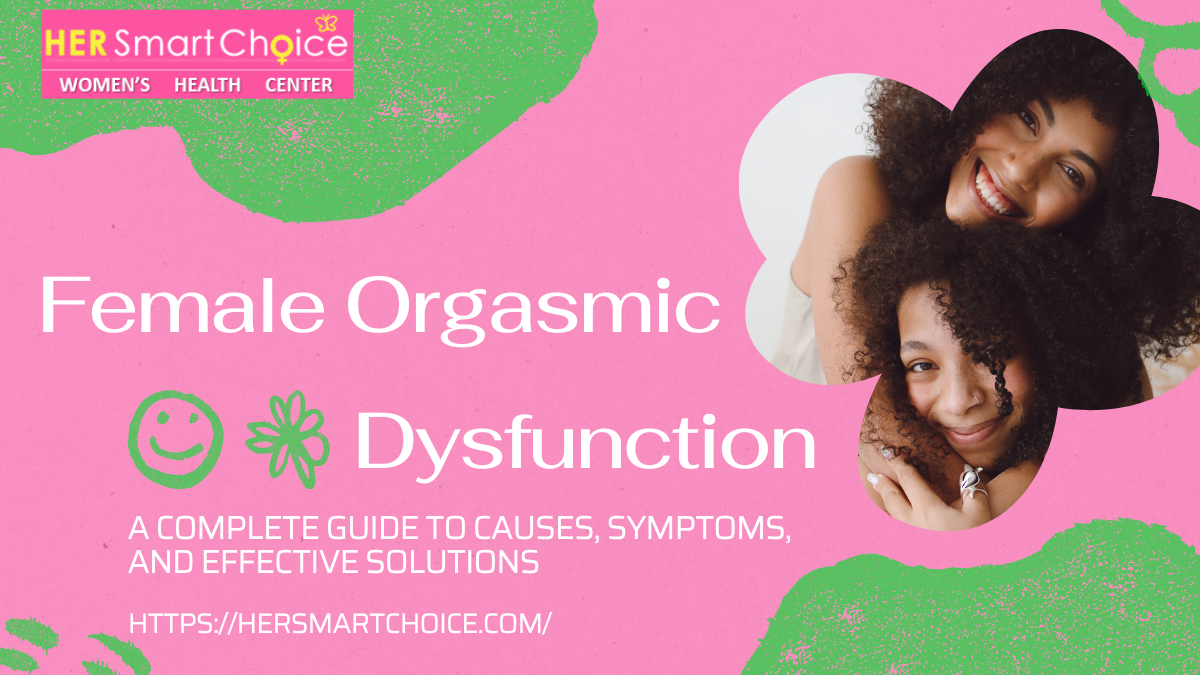






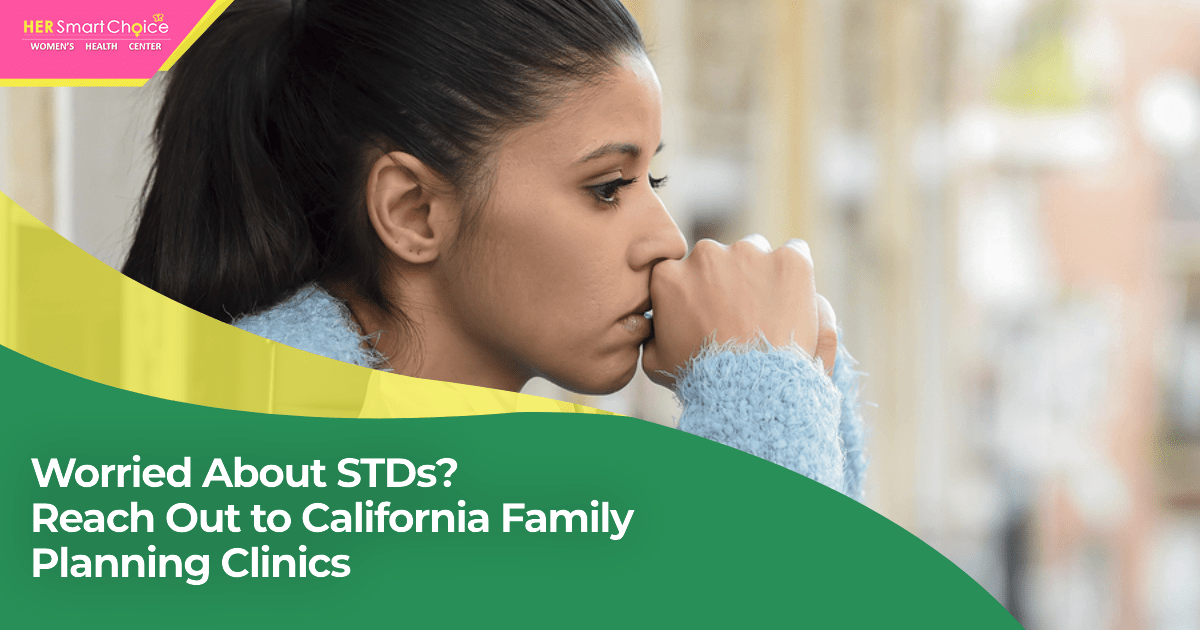





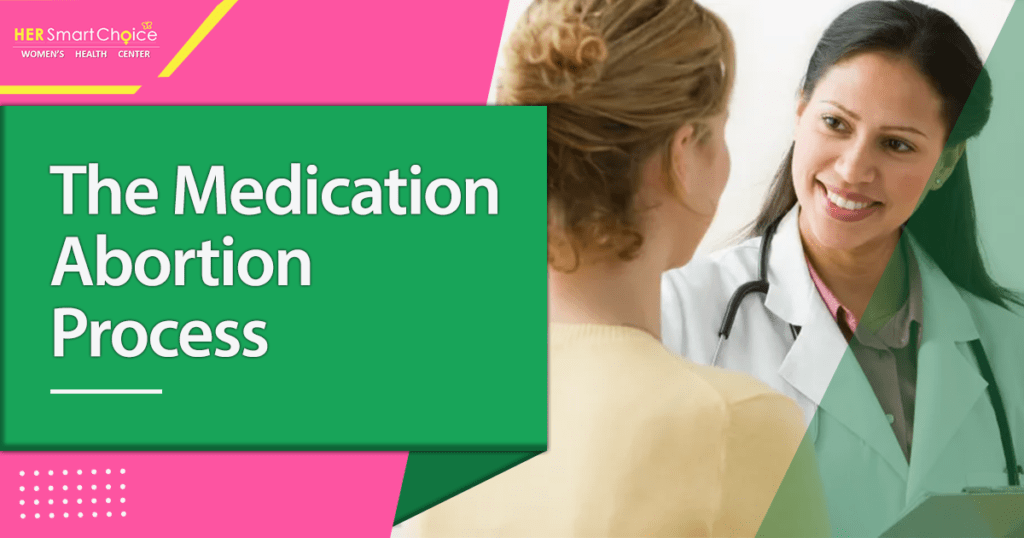


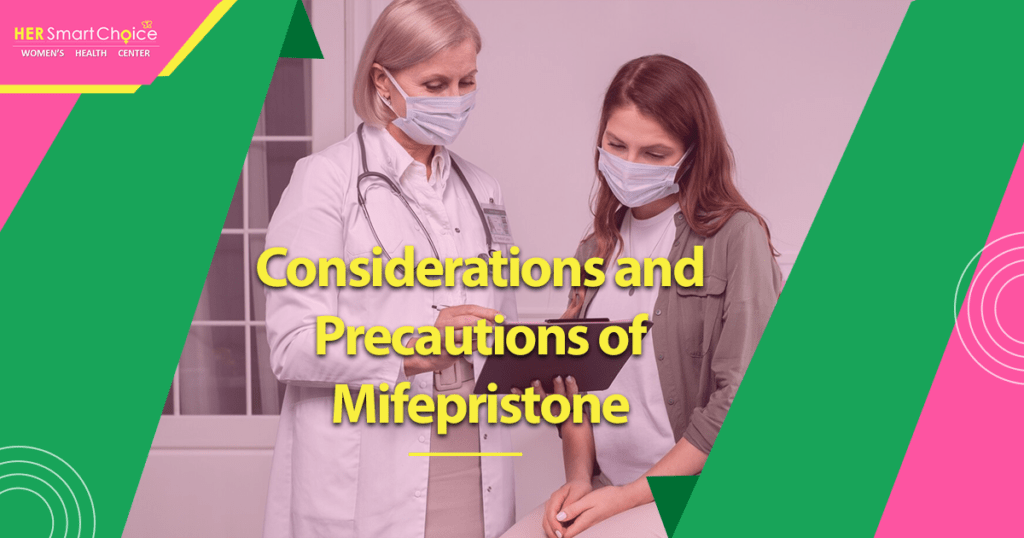






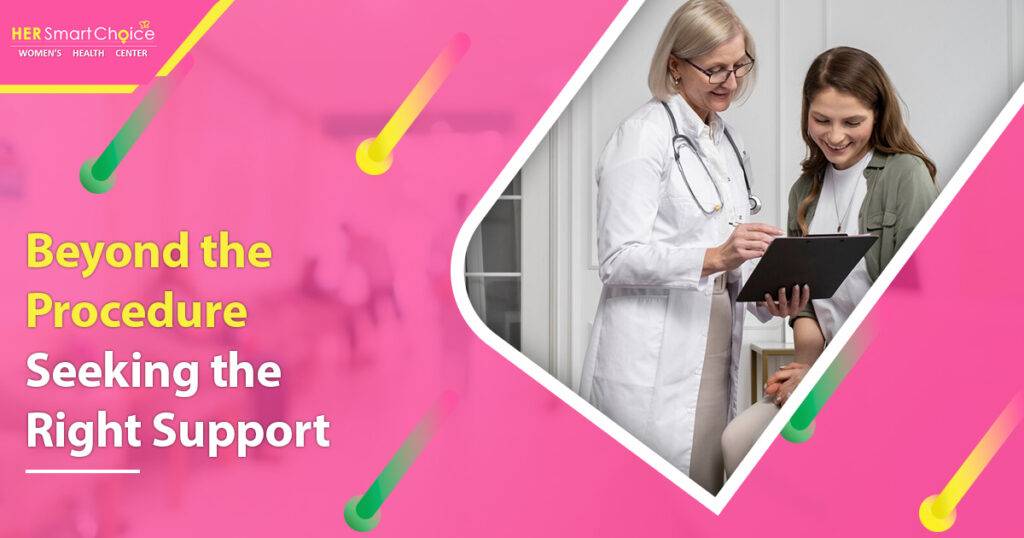




 Your
Your 
 Here are some steps to incorporate Period Positivity into your life:
Here are some steps to incorporate Period Positivity into your life: